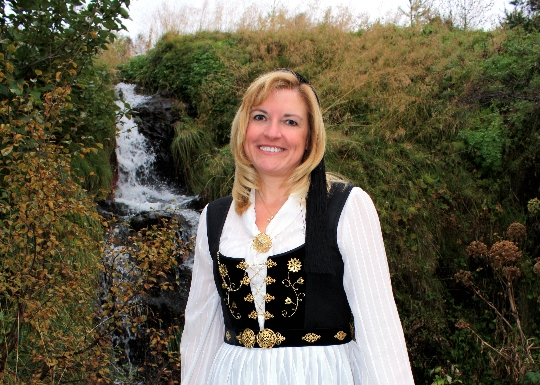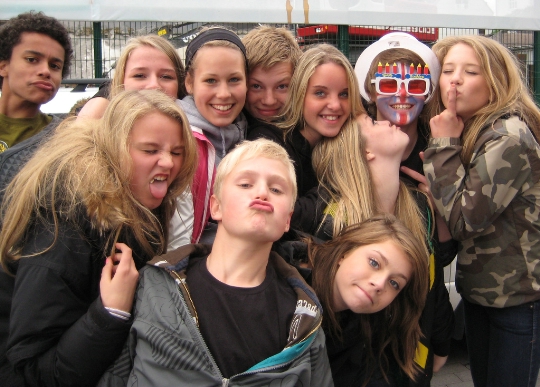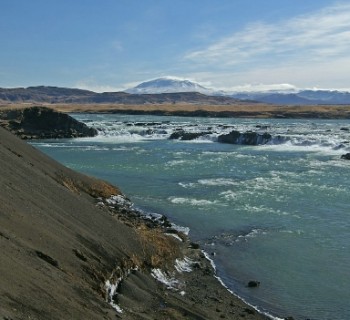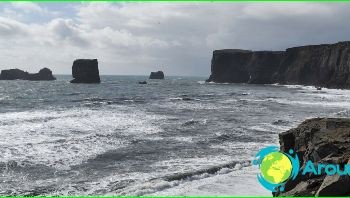Icelandic traditions

Iceland was inhabited by the descendants of the Scandinavian Vikings at the end of the 9th century. This is how a small, but very distinctive people appeared, whose culture bears little resemblance to all other European ones. The reason for this unusualness was the isolation and solitude of the island, and therefore the traditions of Iceland are so rare and unique..
What's in a name?
The first surprise lies in wait for a foreigner when he just meets the inhabitants of the island. Icelanders ... have no surnames, and the name of each person is "supplied" with only a patronymic. Its ending means "son" for a boy and, accordingly, "daughter" for a girl. When getting married, an Icelandic woman remains with her patronymic-surname and it turns out that it does not coincide not only with her husband's, but also with children's.
However, such a strange Icelandic tradition avoids the use of surnames for personal interests. Children cannot boast of the fame of their ancestors, and therefore a person is evaluated here solely by personal qualities and merits..
Lopapeis in the wardrobe
The climate of Iceland does not allow its inhabitants to flaunt in light clothes, and therefore the descendants of the Vikings from time immemorial raise sheep to make practical and warm things from their wool. The famous sweaters, knitted in Icelandic traditions, are called "lopapeis". They are warm sweaters or pullovers, the top of which is decorated in a circle with a national ornament. Such clothes are not only warm, but also water-repellent, and therefore serve as a top during the damp Icelandic summer..
In addition to practical clothing, sheep provide milk and meat, which form the basis of most dishes of the national cuisine. Fishing traditions of Iceland bring shark and whale meat to the table of its inhabitants. The most exotic food is called hakarl. It is a decomposed and specially pickled shark pulp, aged for six months in a special brine.
Sagas and Nobel
Iceland's musical and literary traditions are a matter of particular pride for its people. Descriptions of Viking life based on real events are passed from mouth to mouth and performed to the accompaniment of folk musical instruments. Shepherd's hysterical melodies are like the valleys of Iceland. They are long and stringy, and their performance requires endurance and patience both from the soloist and from the audience..
Saga writers have inspired many writers who have brought true fame to their people in the field of world literature. One of the most famous is Haldor Lasness, who even won the 1955 Nobel Prize.




